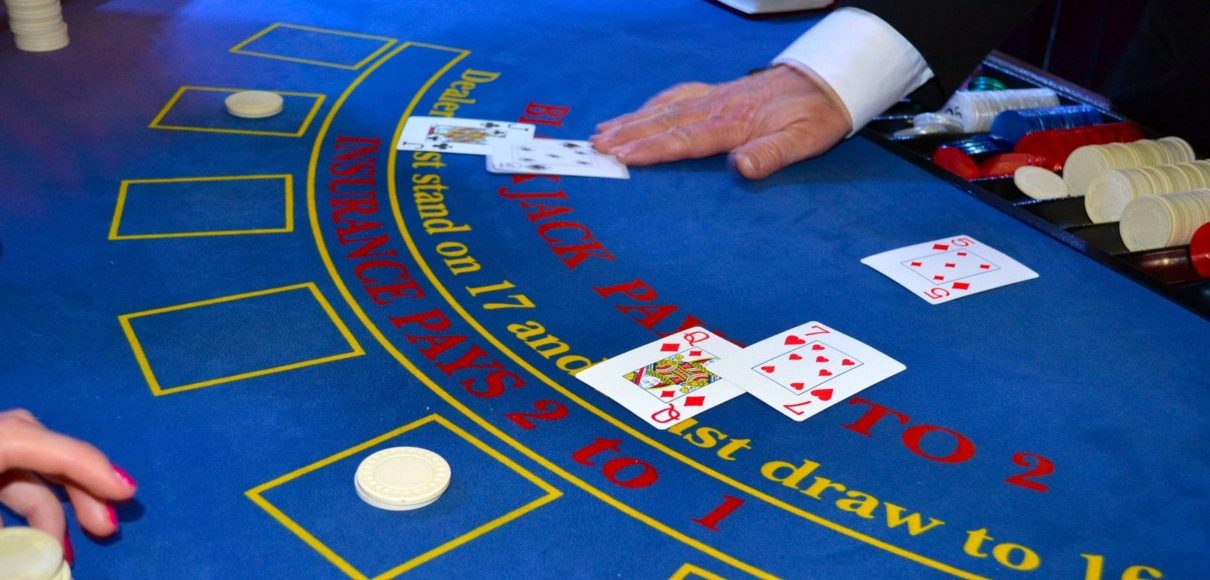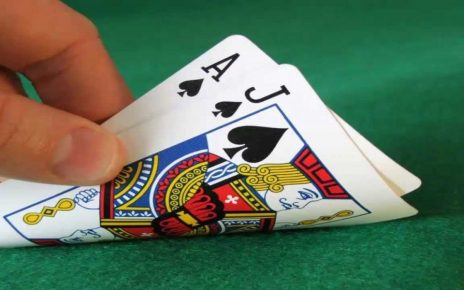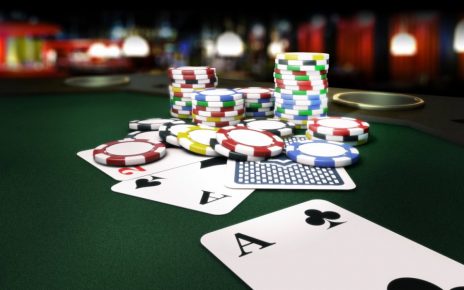Spanish 21 is a variation on regular European blackjack that offers much more potential for side bets and can be a more exciting game. It’s played with a shoe of six decks, and initially players are dealt two cards each. They can then ‘hit’ to receive another card, or ‘stand’ to stop receiving cards. The objective is to get as close to a total value of 21 without going over that number. The highest hand wins and pays out 1/1, based on the player’s initial bet.
No tens
The biggest difference between Spanish 21 and blackjack is that in the former all of the ten cards are removed from the deck before play. This means that players generally get dealt lower cards and as you might imagine this gives them more room to maneuver. It usually takes longer to enter the danger zone where a player is approaching 21.
Hitting a blackjack
The ‘no tens’ rule also means that it’s harder to hit a blackjack, as a blackjack would have to consist of a picture card and an ace. A player blackjack always beats a dealer blackjack in Spanish 21. Similarly, a player with exactly 21 always wins.
Side bets
When playing regular European blackjack at a resort table or at the best NJ online casinos, you’ll tend to just bet on the main outcome, just as in the many other casino table games available at these websites. You might make an insurance bet, which usually pays out at 2/1 if the dealer hits a natural blackjack, but this is generally a bad wager as the chances of this happening are much lower than 2/1.
With Spanish 21 the absence of the ten cards makes a natural blackjack even less likely, and so the insurance bet is an even worse idea. But besides regular blackjack betting there are a range of other side bets available. These include betting on a five-card hand (3/2), a six-card hand (2/1) or a seven-card hand (3/1). You could also bet on a 21 with three sevens (3/2), a 21 with three sevens of the same suit (2/1), a 21 made up of a six, a seven and an eight (3/2) and a three-seven 21 where the dealer has the fourth seven (50-1).
Splitting hands
Just like in blackjack, in Spanish 21 players can split their hands if they receive paired cards. If they receive another pair they can split again, playing two, three or even four hands at once. This obviously makes for a potentially more complex, exciting and longer-lasting game.
House edge
Spanish 21 is generally played on a customized blackjack table, and a blackjack is always paid out at 3/2. The dealer still hits at 16 and stands at 17. Removing all the tens actually increases the house edge of Spanish 21 by 0.4% compared to blackjack, but this is more than compensated for by the flexibility of the game. For the skilled player, Spanish 21 actually has a lower house edge than regular blackjack.
If you enjoy blackjack, give Spanish 21 a go. It’s an interesting variant and with judicious side betting and a bit of luck, might prove very profitable.





